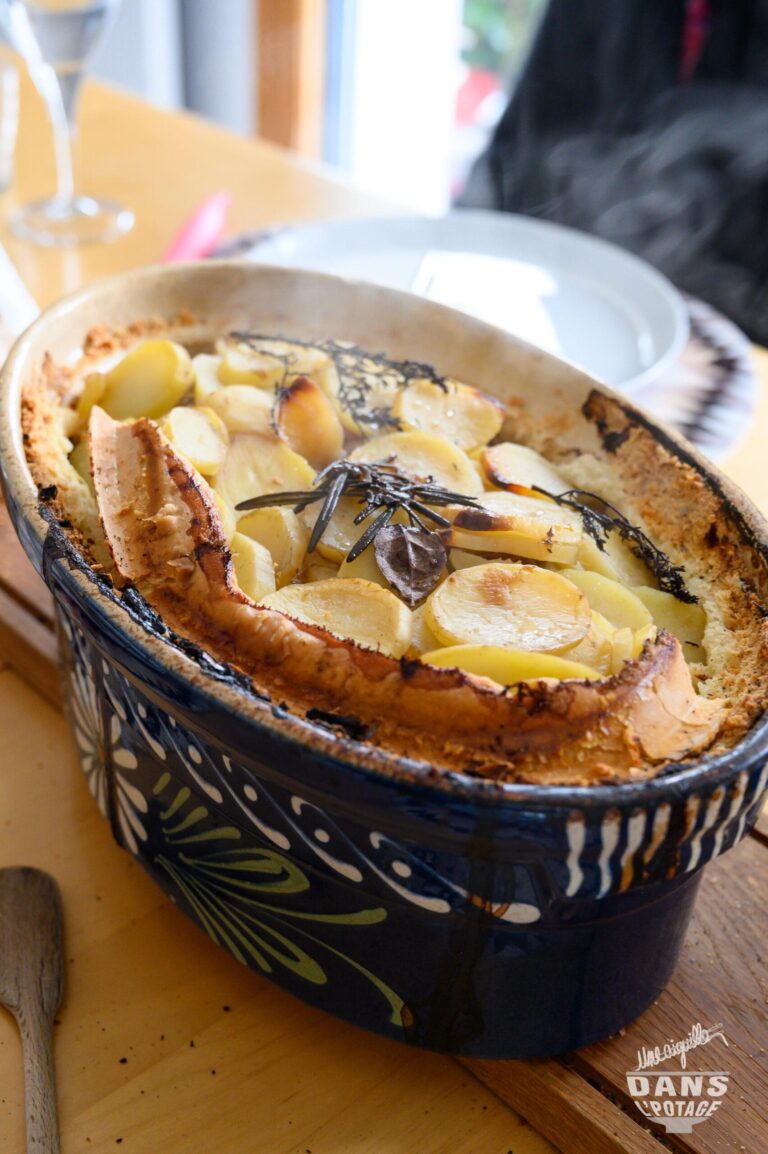Alsace’s Baeckeoffe, a hearty French casserole brimming with marinated meats, potatoes, and aromatic herbs, has often been compared to Korea’s beloved Jeon-Jjigae stew. Both dishes reflect deep-rooted culinary traditions, bringing families together around a slow-cooked, savory meal that warms the body and soul. In this article, we explore the cultural parallels and unique flavors that link Alsace’s signature dish with Korea’s cherished comfort food, shedding light on how two distant regions celebrate community and heritage through their iconic stews.
Alsace’s Baeckeoffe A Culinary Tradition Rooted in History and Community
Baeckeoffe, an emblematic dish of Alsace, embodies more than just a rich fusion of flavors-it is a culinary tradition deeply intertwined with the region’s history and close-knit communities. Originating from a practical need among Alsatian housewives to prepare meals ahead of the lengthy Sundays spent at church, this hearty casserole brings together layers of marinated meats, potatoes, and seasonal vegetables, slow-cooked overnight in a sealed terracotta pot. Much like Korea’s Jeon-Jjigae, it reflects a culture where food acts as a binder for families and friends, a shared experience transcending generations. Each household carries its own secret marinade recipe, passed down like treasured heirlooms, ensuring every pot retains a unique identity while honoring its collective past.
The communal aspect of Baeckeoffe stretches beyond the dining table. Traditionally, several families would combine their ingredients, placing them in a single pot that local bakers would cook in their residual oven heat after baking bread. This ingenious practice highlighted a spirit of collaboration and resourcefulness that remains alive in Alsace today. Below is a snapshot comparison of key elements between Baeckeoffe and Jeon-Jjigae, illustrating their cultural parallels:
| Aspect | Baeckeoffe | Jeon-Jjigae |
|---|---|---|
| Main Ingredients | Marinated meats, potatoes, root vegetables | Assorted seafood, tofu, vegetables |
| Cooking Method | Slow baking in sealed pot | Stewing in a hot pot |
| Community Aspect | Shared oven use, family recipes | Sharing meal at table, communal pots |
| Historical Roots | Religious observance & practical needs | Seasonal harvests & religious celebrations |
Exploring the Rich Flavors and Ingredients That Define Baeckeoffe
At the heart of this Alsatian classic lies a harmonious blend of fresh, locally sourced ingredients that create an unforgettable flavor profile. Thinly sliced lamb, pork, and beef are marinated overnight in white wine infused with garlic, juniper berries, and thyme, which allows the meat to tenderize and absorb rich herbal nuances. Layered meticulously with potatoes, onions, and carrots, the dish reflects the agricultural bounty of the region. The slow-cooking process, traditionally performed in a sealed terracotta pot called a baeckeoffe, ensures that these ingredients meld together, producing a comforting and aromatic stew that carries the warmth of Alsace’s culinary heritage.
The distinctive character of this dish also owes much to the subtle use of spices and cooking techniques passed down through generations. Below is a breakdown of the essential components and flavors that define the dish:
| Ingredient | Role in Flavor | Origin |
|---|---|---|
| Lamb, Pork, Beef | Rich, hearty umami base | Local farms of Alsace |
| White Wine | Tangy acidity for balance | Alsace’s vineyards |
| Juniper Berries & Thyme | Herbal aromatics | Regional flora |
| Potatoes & Onions | Earthy texture and sweetness | Farmers’ markets |
Tips for Authentic Preparation and Where to Experience the Best in Alsace
Mastering Baeckeoffe’s authentic preparation begins with respecting its traditional layering technique. Start by marinating a mixture of pork, beef, and lamb overnight in a fragrant blend of Alsace white wine, juniper berries, and thyme. The key is slow-cooking the meat alongside an assortment of chunky potatoes, onions, and carrots in a sealed ceramic pot to allow the flavors to meld into a hearty, aromatic stew. Avoid rushing the process-baking the Baeckeoffe slowly for at least three hours in a low oven ensures tenderness and depth, crucial to capturing its rustic soul.
For those eager to experience Baeckeoffe at its finest, the Alsatian town of Colmar is a culinary pilgrimage. Renowned establishments like Wistub Brenner and La Table du Brocanteur serve time-honored versions that balance tradition with refined technique. Meanwhile, many local markets offer the classic stew in takeaway cassolettes, perfect for tasting the dish’s regional character on the go. When planning your visit, consider the following local venues known for exemplary Baeckeoffe:
- Maison des TĂŞtes – a historic inn with rustic charm
- Au Vieux Porche – celebrated for its wine-paired servings
- Restaurant JY’S – modern twist on Alsatian classics
To Wrap It Up
In bridging the culinary traditions of Alsace and Korea, Baeckeoffe and Jeon-Jjigae reveal more than just shared flavors-they highlight how regional ingredients and communal cooking transform meals into cultural expressions. As cross-cultural appreciation grows, these hearty stews offer a delicious reminder of the diverse ways communities worldwide bring comfort and connection to the table.




